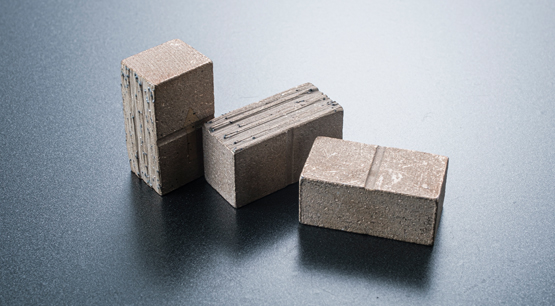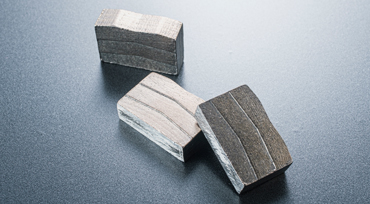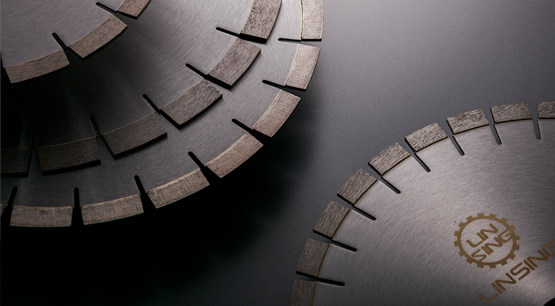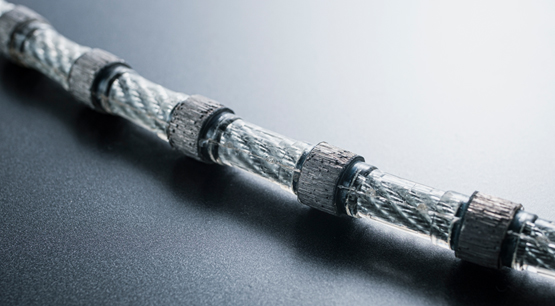Reverse cutting in diamond wire saw refers to the cutting method where the movement direction of the wire saw is opposite to the movement direction of the object being cut. This cutting technique is commonly used for specific cutting requirements, such as achieving special shapes or meeting specific process demands for certain materials.
By employing reverse cutting, the diamond wire saw can create precise or intricate patterns, curves, or angles on the cut object. This cutting method finds application in specialized fields like art production, decorative item processing, and engineering component manufacturing.
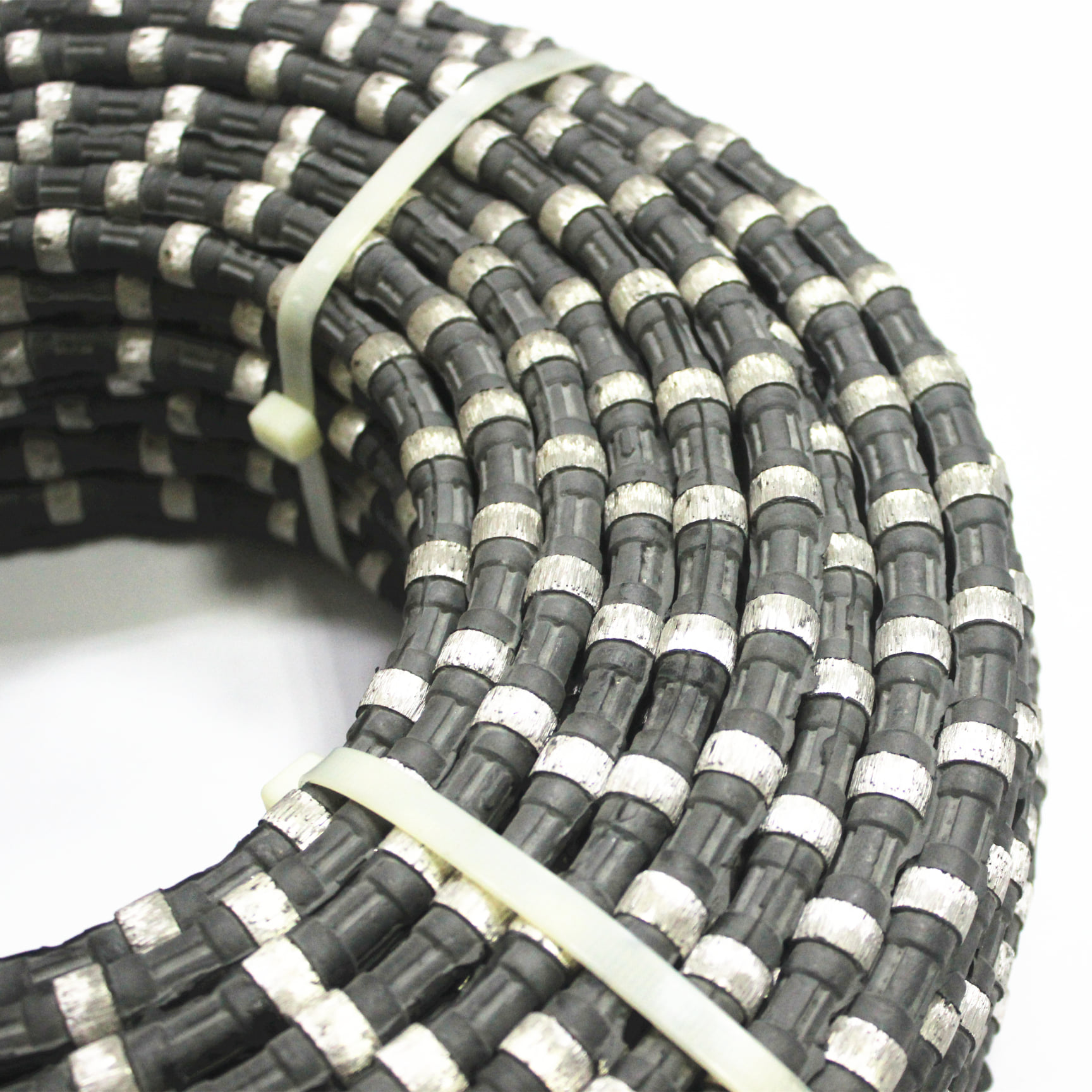
Reverse cutting is typically used in the following situations:
1: Controlling cutting depth: When it is necessary to control the cutting depth or avoid excessive cutting, reverse cutting can be employed. By moving the wire saw in the opposite direction to the object's movement, the cutting depth can be reduced, and the cutting range can be precisely controlled.
2: Achieving specific cutting shapes: Sometimes, it is required to create specific shapes or contours on the cut object. Through the use of reverse cutting, the cut can be performed along the desired shape trajectory, resulting in more accurate cutting outcomes.
3: Improving cutting quality: Certain materials tend to exhibit rough or burr-filled cutting surfaces when cut in the forward direction. By employing reverse cutting, such issues can be minimized or avoided, thereby enhancing the cutting quality and surface smoothness.
When performing reverse cutting with a wire saw, the following aspects should be considered:
1: Cutting direction selection: Choosing the appropriate cutting direction is crucial to achieve the desired reverse cutting effect. Based on the object's shape, texture, and cutting requirements, determine the optimal cutting direction. Different directions may yield varying cutting outcomes, necessitating adjustments based on specific needs.
2: Cutting parameter adjustments: Fine-tuning the cutting parameters is essential during reverse cutting to control the cutting effect. This includes adjusting the speed, pressure, and coolant usage of the wire saw. Based on the material's hardness, density, and cutting requirements, these parameters should be appropriately adjusted to attain the best cutting performance.
3: Cutting stability: Maintaining cutting stability is vital for achieving cutting precision and smoothness during reverse cutting. Ensuring the wire saw operates smoothly, without vibration or shaking, enhances cutting accuracy and stability. Additionally, the operator should maintain a stable grip and make necessary operational adjustments as needed.
4: Safety measures: Safety considerations are important during reverse cutting with a wire saw. Proper personal protective equipment, such as gloves, goggles, and earplugs, should be worn. Ensuring a safe work area and following relevant safety protocols are also critical.
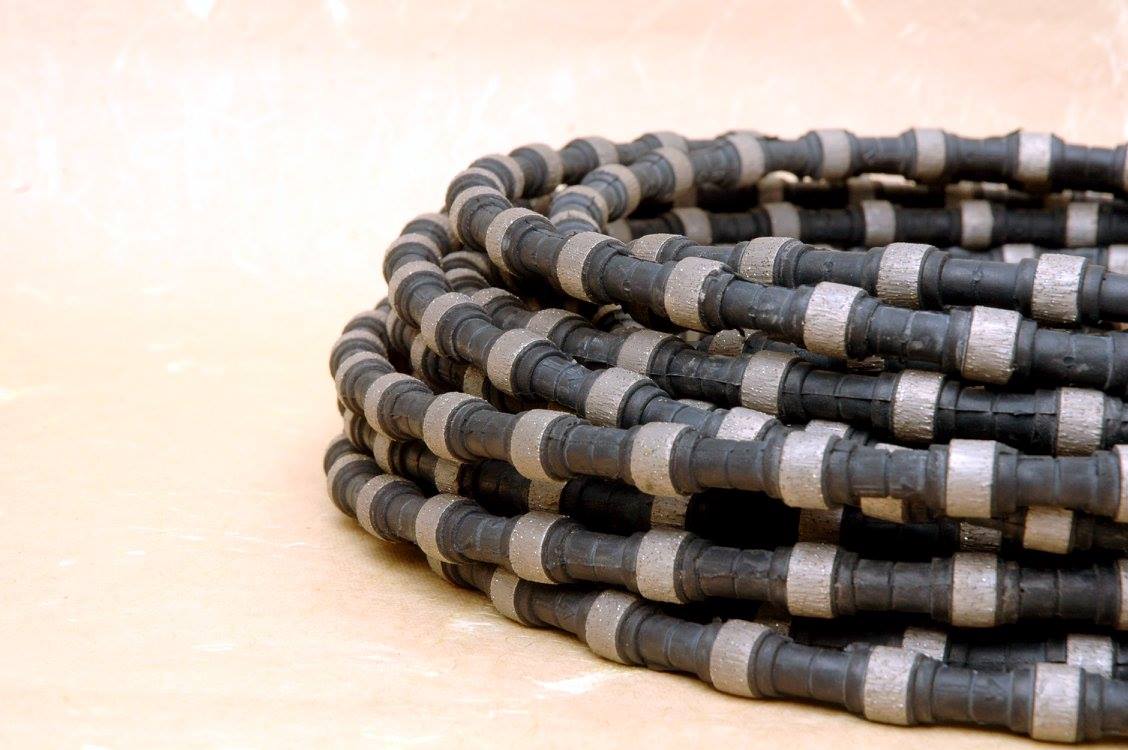
In summary, reverse cutting with a wire saw requires a combination of experience and skill, as well as a solid understanding of the necessary expertise and technical know-how. Continuous adjustments and optimization are necessary to achieve the best cutting results and work efficiency during practical operations.




